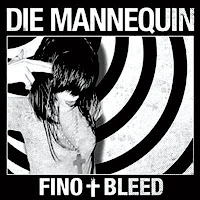Having almost completed my BDC 192 course this semester, I have to say that since the beginning of this school year, my knowledge of digital media has really expanded from what it use to be. I found first year digital media to be very informative, helpful, and fun, and I’m glad that it’s one of the mandatory courses for RTA students.
One of the components that made the Digital Media lectures so interesting were the countless examples of web designs, videos, projects, and other neat things that we were shown each week. It was really cool and inspiring to see some of the innovative things that people are doing with digital media these days.
I also found the labs to be very interesting as well. I enjoyed that the majority of the lab period was dedicated to hands on tutorials that allowed us to work within programs and encounter and solve our own problems, rather than just watching the professor at the front of the class. I find that I learn much better when I am doing rather than just watching, and that I hang onto information much better when I have to work to get it.
The programs we were introduced to this semester were all programs that I had heard of before, but had never had the opportunity to use prior to this class. I’m glad that I now have a basic understanding of Photoshop, Flash, and Dreamweaver, even if there is so much for me to still learn about them.
This course has also allowed me to realize just how immersed in digital media the radio and television industry is. Prior to taking this class I probably wouldn't have considered a career in digital media, however I realize now how much this field has to offer. Although I am still very undecided, I’m considering to continue taking digital media courses during the rest of my time at Ryerson.
Whether I continue on in digital media or not, this course has provided me with some very important skills that I can take with me wherever I go. A knowledge of the CRAP principles has allowed me to have a better understanding of how elements within a design should be chosen and organized in order to be aesthetically pleasing, and my new knowledge of the programs we worked with this semester will come in handy in my future studies. The many exciting things going on today in digital media were also very exciting and inspiring to learn about, and I’m glad that I was exposed to so many neat things.
Overall this was a great class and I’m sad to see it end. It was a great learning experience and whether or not I continue on with digital media, I’m glad that I got to take it this semester.
























